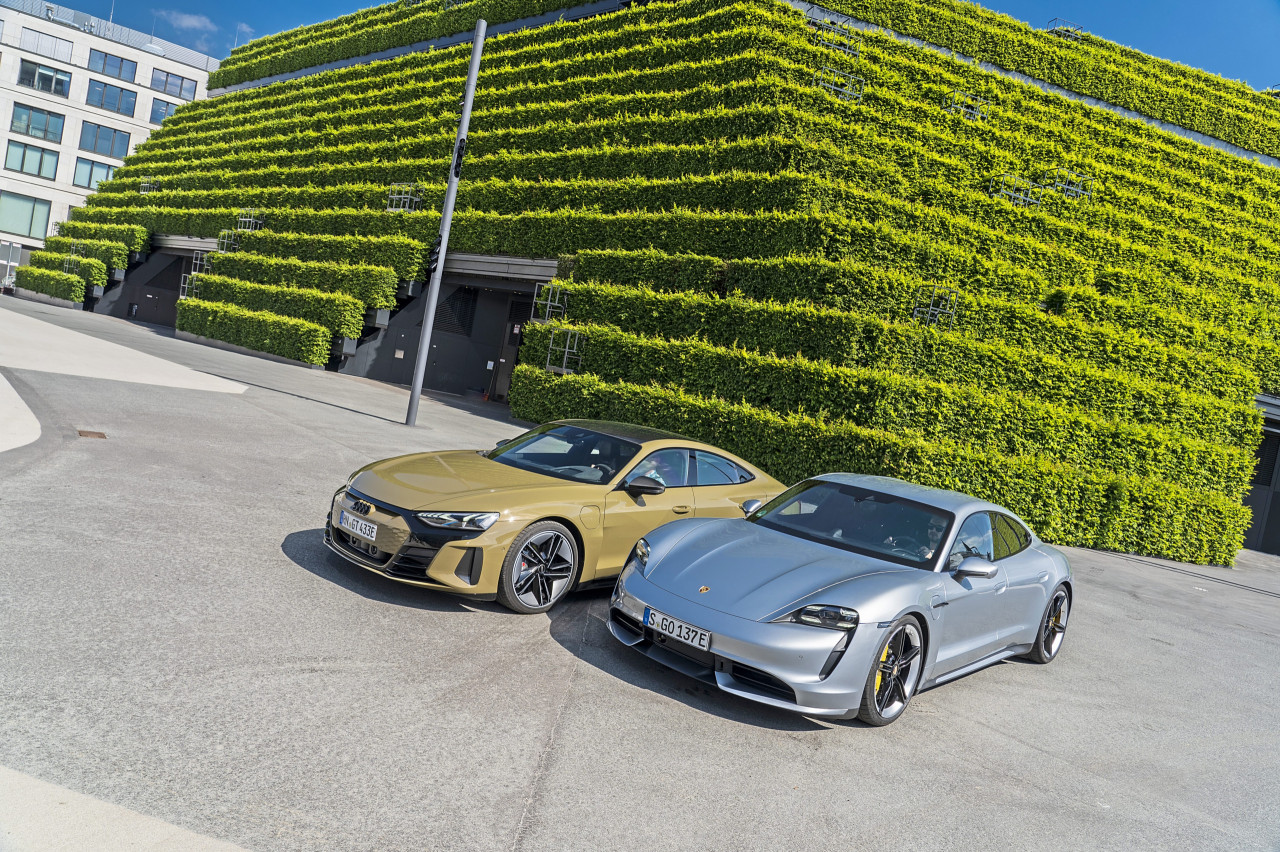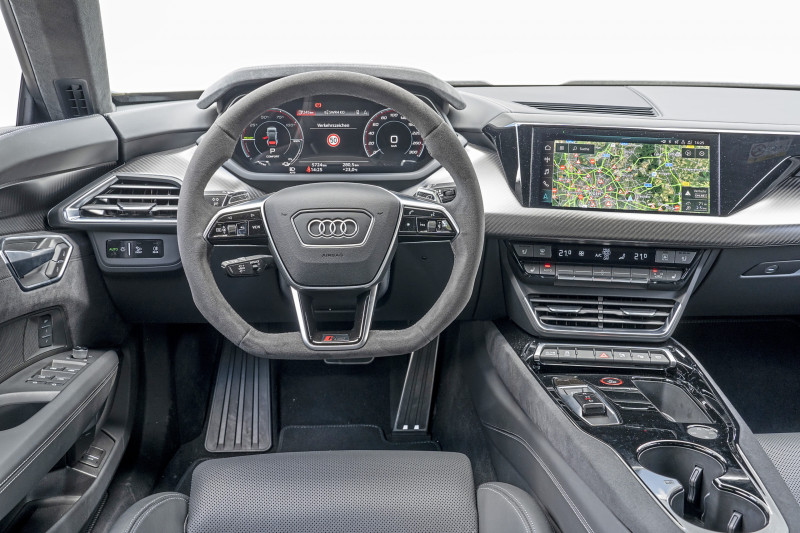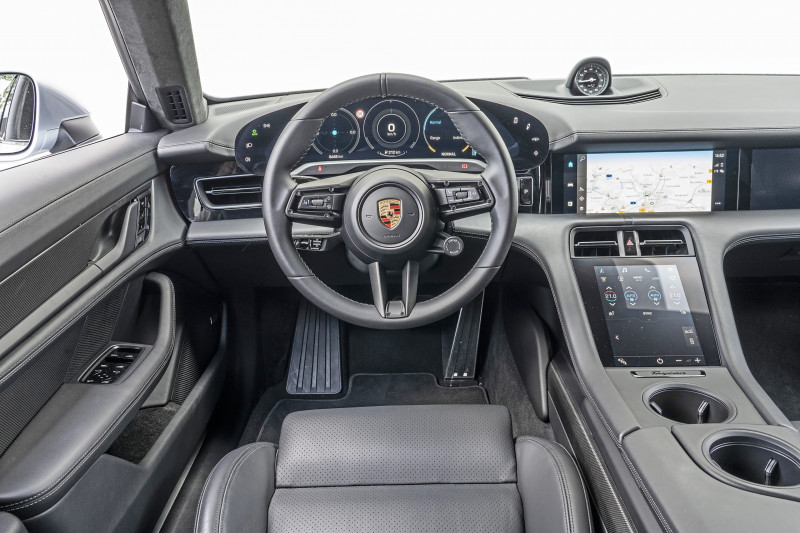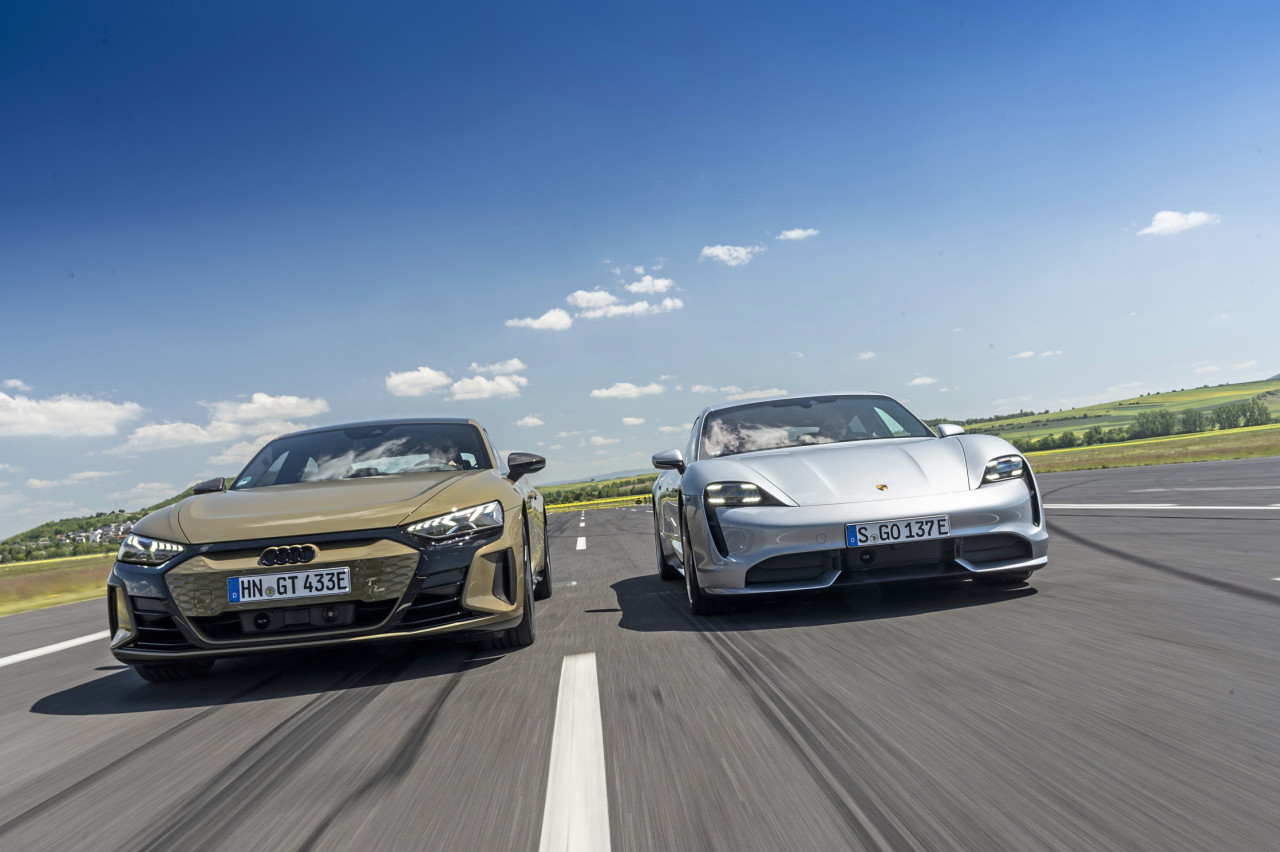In Auto Review 9, we compared the Audi RS E-Tron GT with the Porsche Taycan Turbo. How comfortable are both electric sports cars? And how much cheaper is the Audi than the Porsche?

Earlier we wrote about the driving characteristics, range and charging speed of the Taycan and the E-Tron GT. Now it’s time for comfort and prices. In an electric car you will of course hear annoying noises earlier than when you are on the road with a nailing diesel engine or a bubbling V8. And then the Audi RS E-Tron GT and the Porsche Taycan Turbo are also provided with substantial layers of insulation material, so that it is even quieter in the cabin.
Subjectively it is a bit quieter in the Audi. The only thing they have to look at in both Ingolstadt and Zuffenhausen are the rolling noises from the tires. Especially if the road surface is not nice and smooth, it goes pretty raging in the testauto’s.


Massage in the Audi
In the Taycan you are better integrated into the car, the Porsche-style upright small steering wheel lies comfortably in the hand. Both cars have first-class furniture, which you can wear for hours if necessary. The optional sports seats of the Audi RS E-Tron GT with eight massage programs offer even more comfort than the Taycan seats. You’re better off in the Porsche in the back. Not only because it has two seats as standard (can be converted into a five-seater, but has an additional cost), but also because your thighs are better supported.
Is the Audi more comfortable than the Porsche?
To distinguish the RS E-Tron GT from the Taycan, Audi promises a more comfortable suspension tuning. Does Audi live up to the claim? Yes and no. Well on the highway, but not if you drive slowly or if the cars are heavily loaded. Surprisingly enough, the chassis of the Porsche has the most reserves. A few more kilos are also allowed on board in the Porsche: 533 against 501 for the Audi. Both cars have air suspension with adaptive dampers as standard.


Price Audi RS E-Tron GT: 9445 euros cheaper than the Taycan
9445 euros. That is the difference between the basic versions of both cars. The Audi costs 148,455 euros, the Taycan Turbo 157,900 euros. In many parts the differences are not that big. You do not have to pay motor vehicle tax until 2025 if you drive electrically and the maintenance costs are almost the same. There is one notable outlier: the insurance premiums for the Audi are significantly higher than those for the Porsche (all risk per month: 214 euros, compared to 176 for the Audi). The battery in the Audi and Porsche is covered by a warranty of 8 years or 160,000 kilometers.


Conclusion: differences between Audi and Porsche
The Audi RS E-Tron GT is more comfortable and cheaper than the Porsche. But the difference in comfort and price is surprisingly small. The chassis of both cars is the same, and 40 percent of the other parts are identical. Audi did opt for a more comfortable chassis tuning, which most customers can probably appreciate. Its powertrain performs just a little better across the board, it’s less expensive and the handling is more logical than that of the Taycan. A perfect car for everyday use. The Porsche is the most dynamic and actually quite comfortable. Perhaps the appearance will ultimately be the deciding factor when choosing one of these electric sports cars.
Nice, isn’t it, such an extensive test? In Auto Review we test many more cars: cheap, expensive, electric and non-electric. You can follow it all in our newsletter!
